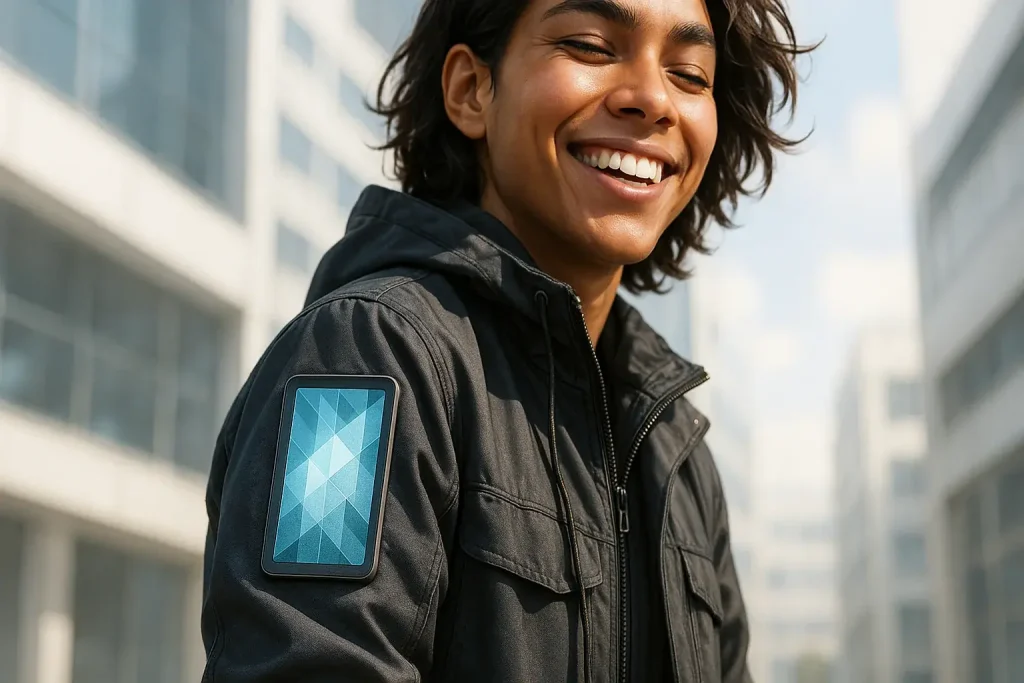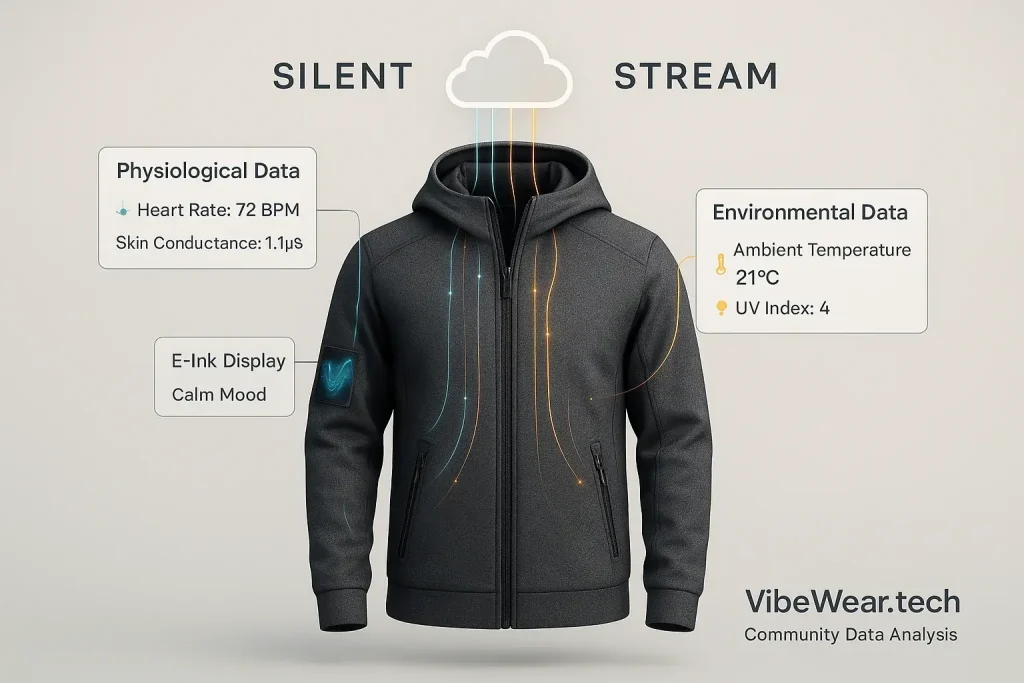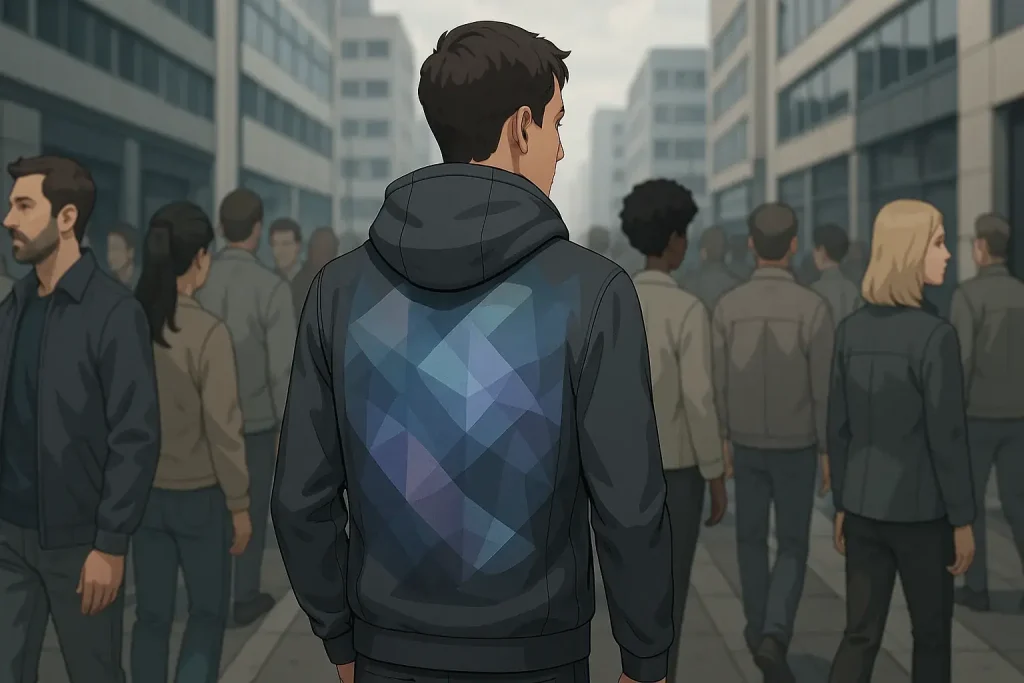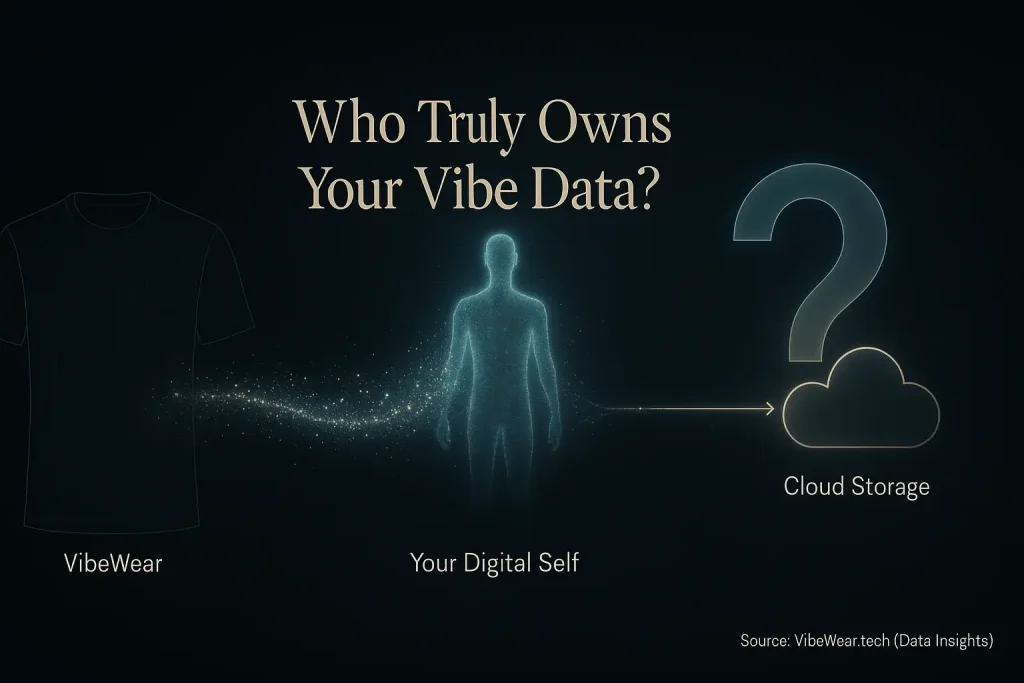Why Toolkits & Frameworks are Your Secret Weapon for DIY VibeWear
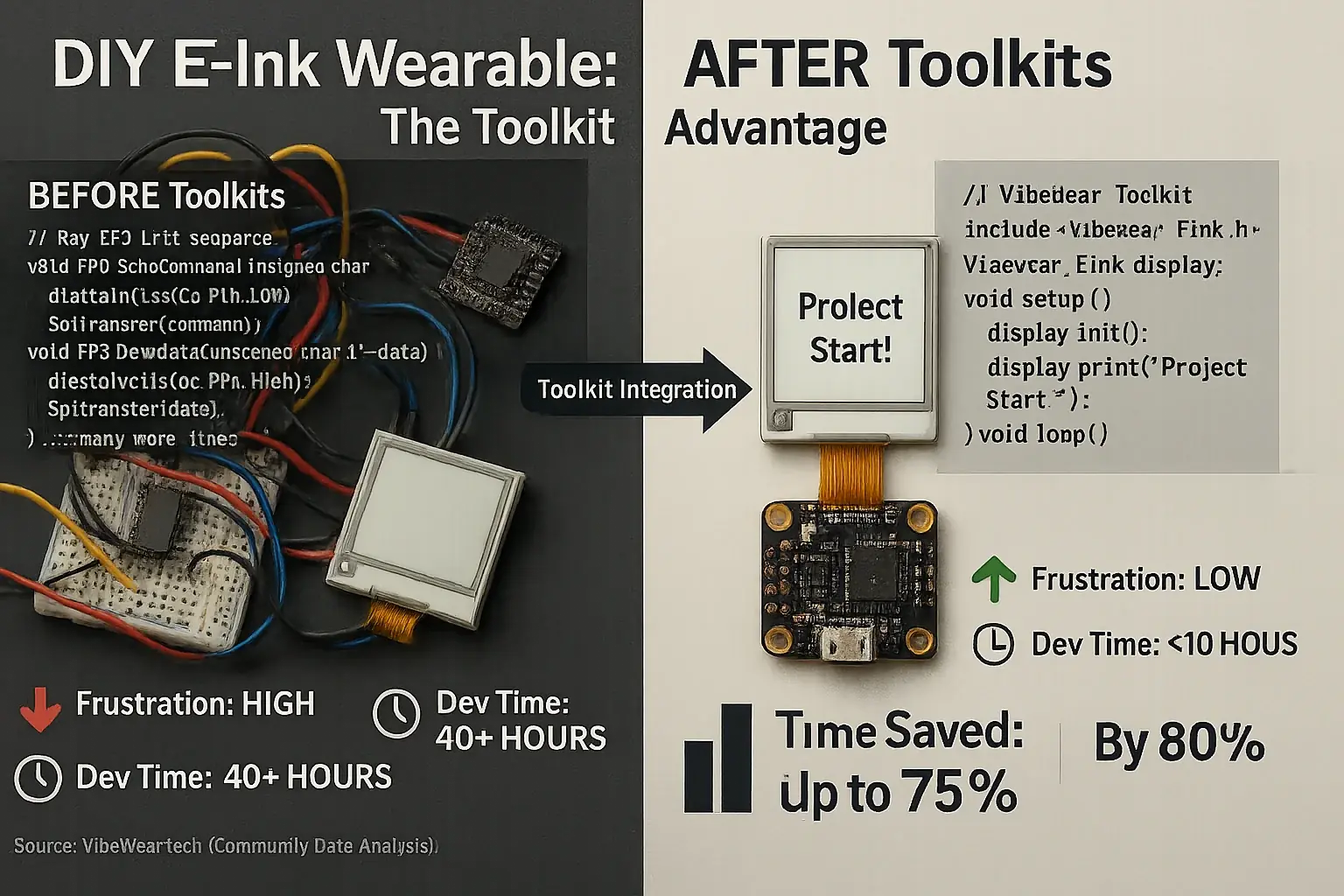
Ever felt overwhelmed building your own smart clothing? Tech complexity often derails good ideas. DIY VibeWear toolkits and frameworks are unsung heroes here. They accelerate your creative journey. These resources transform daunting tasks into genuinely manageable steps, helping you avoid that initial, project-killing frustration; VibeWear’s analysis confirms many aspiring makers halt progress due to this exact hurdle, and toolkits are a direct solution.
These toolkits offer pre-built, tested solutions for common hardware and software challenges. Standardized components drastically cut your development time. Imagine skipping weeks debugging basic display drivers because a community-vetted library handles it all. That's the power. You can then focus energy on unique design elements, not just wrestling with foundational tech hurdles, allowing your personal VibeWear vision to truly emerge.
DIY VibeWear toolkits truly are a secret weapon. They aren't solely for newcomers. Even seasoned developers leverage these frameworks for pure efficiency, a practical truth VibeWear sees in advanced maker communities. VibeWear helps you unlock that hidden power. We show you how to sidestep common pitfalls and accelerate your amazing VibeWear creations, making sophisticated mood-adaptive tech accessible.
Beyond the Breadboard: Dedicated Wearable Development Kits
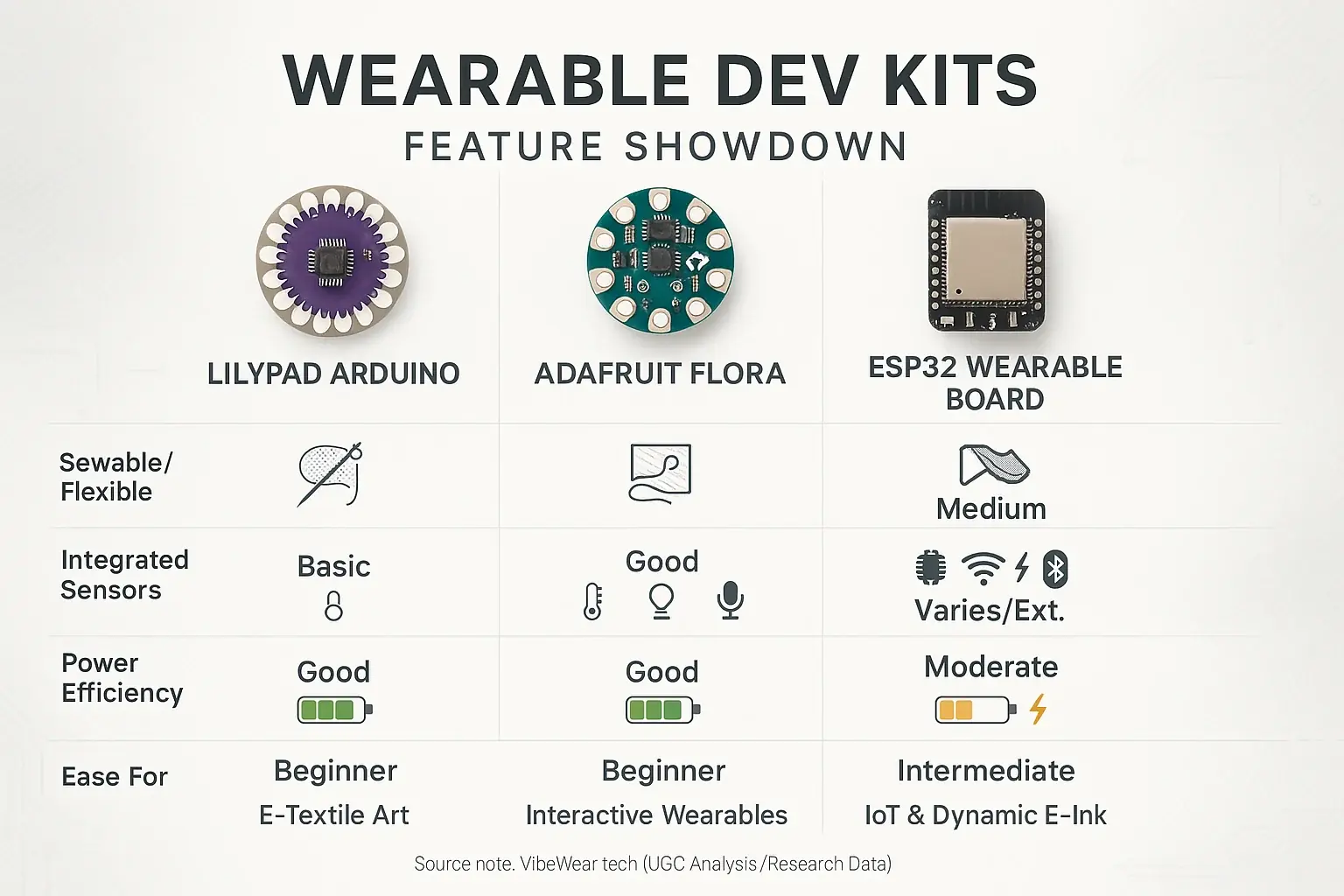
Specialized wearable development kits simplify integrating electronics into textiles. These kits differ fundamentally from general-purpose microcontrollers. Their design prioritizes easy textile integration. Consider the LilyPad Arduino. Designers created it specifically for sewing into fabric. Your tech becomes truly wearable.
These kits offer clear benefits. Sewable pads make connections robust. Compact size aids discreet placement within garments. These kits often come with built-in accelerometers or temperature sensors. This feature means less wiring hassle for you. A practical truth. Many makers find investing in a dedicated wearable kit upfront saves countless troubleshooting hours. Fragile connections common to breadboard setups become a non-issue, preventing a major DIY headache.
Popular platforms like LilyPad Arduino, Adafruit's Flora/Circuit Playground series, and various ESP32-based wearable boards lead this charge. Each presents unique strengths for different VibeWear applications. Some excel at straightforward e-textile tasks. Others provide more power for sophisticated sensor arrays or dynamic E-Ink patterns. Selecting the appropriate kit is foundational. It underpins a successful, durable E-Ink fashion creation.
Bringing Pixels to Life: Essential E-Ink Driver Libraries
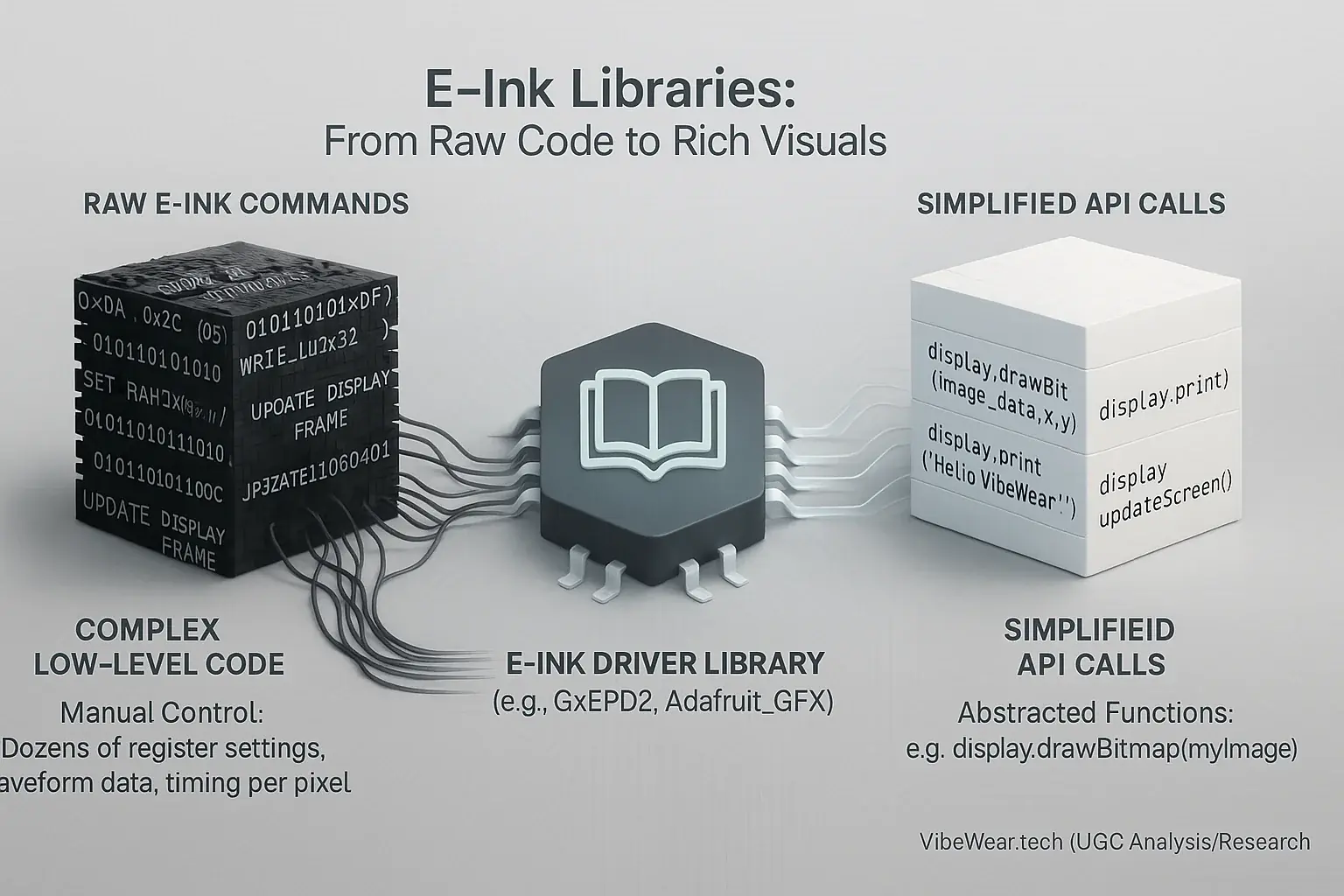
E-Ink driver libraries act as crucial translators. They convert your high-level code into commands the display hardware understands. Without these libraries, you would write incredibly detailed, low-level instructions. Just for one pixel. These libraries are your shortcut, helping you get stunning visuals on E-Ink without a PhD in display protocols.
Driver libraries abstract immense complexity. They handle intricate timing, waveform generation, pixel manipulation, and refresh rate optimizations. All behind the scenes. Makers often share their relief. Imagine calling 'display.drawBitmap(myImage)' instead of wrestling dozens of register settings. Popular open-source options simplify development. GxEPD2 offers broad E-Ink panel versatility. Adafruit GFX and E-Ink libraries provide ease, especially with Adafruit hardware.
Choosing the right E-Ink library deeply impacts your project. It unlocks creative possibilities much faster. This is not mere convenience. Speed matters. These libraries accelerate development, crucial for dynamic E-Ink fashion. They are indispensable. For anyone serious about creating with E-Ink, these tools are a foundation.
Decoding Your Vibe: Sensor Libraries & IoT Platforms for Smart Textiles
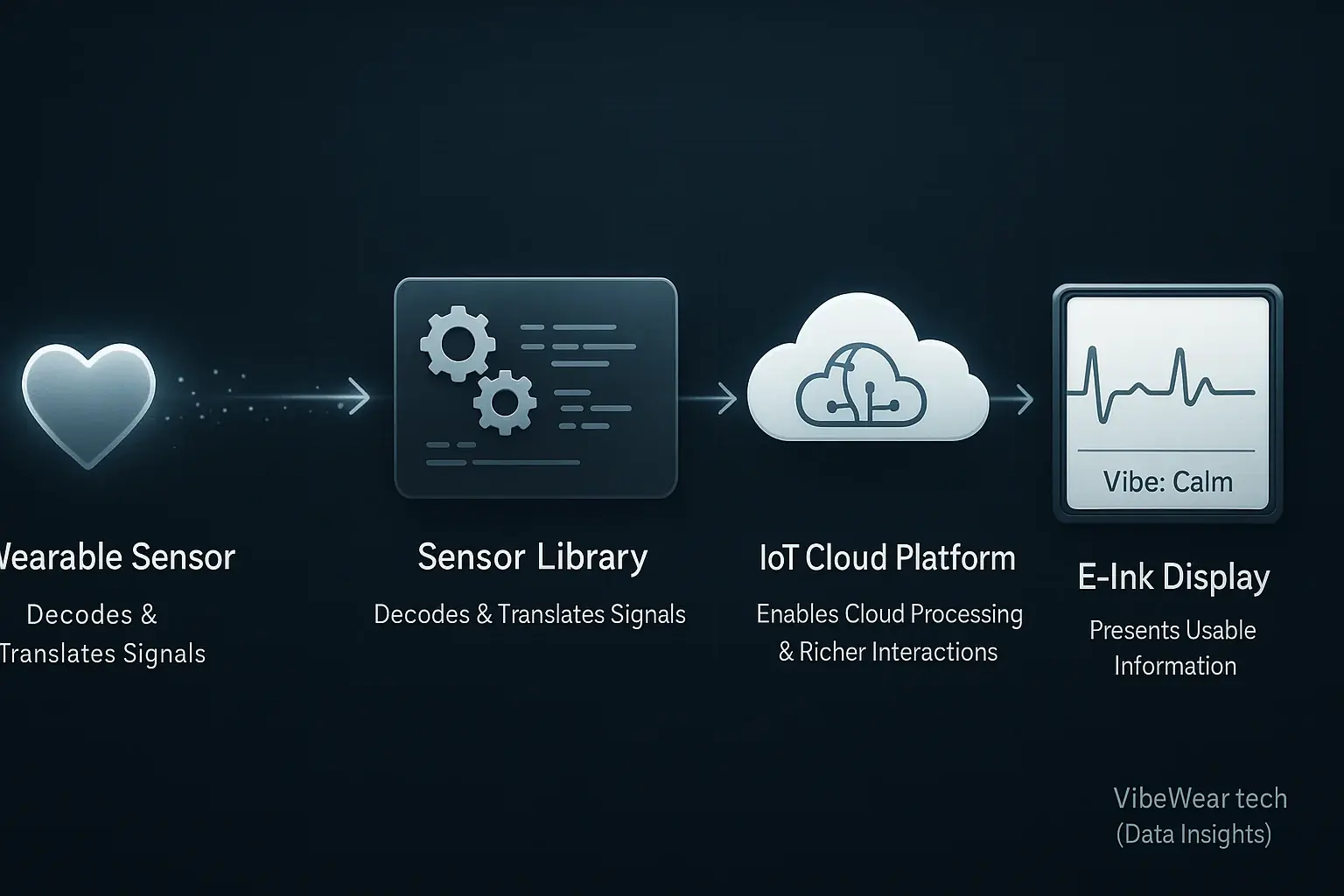
E-Ink libraries simplify display control. Sensor libraries decode raw wearable data. These are unseen digital translators. Essential. They convert intricate biometric or environmental signals into clearly usable information for any VibeWear project. This conversion enables apparel that deeply understands context and feeling.
Open-source sensor libraries abound. They support diverse sensor types. An EDA sensor gauges excitement. A temperature sensor tracks environment. The right library streamlines data acquisition. Makers know this reality. These tools often eliminate hours of frustrating datasheet interpretation, a common pain point VibeWear's analysis identifies. Need more power? IoT platforms connect wearables to the cloud, opening vast potential for your designs.
IoT platforms extend smart textile reach. Globally. They empower VibeWear to communicate with the wider digital world, enabling much richer, responsive interactions. Cloud data processing becomes practical. Remote control too. App integration follows. Our investigation at VibeWear highlights these platforms as crucial for building genuinely intelligent, connected adaptive fashion systems. The future of apparel listens. It responds. It adapts.
Code Without Typing: Visual Programming for Accessible VibeWear
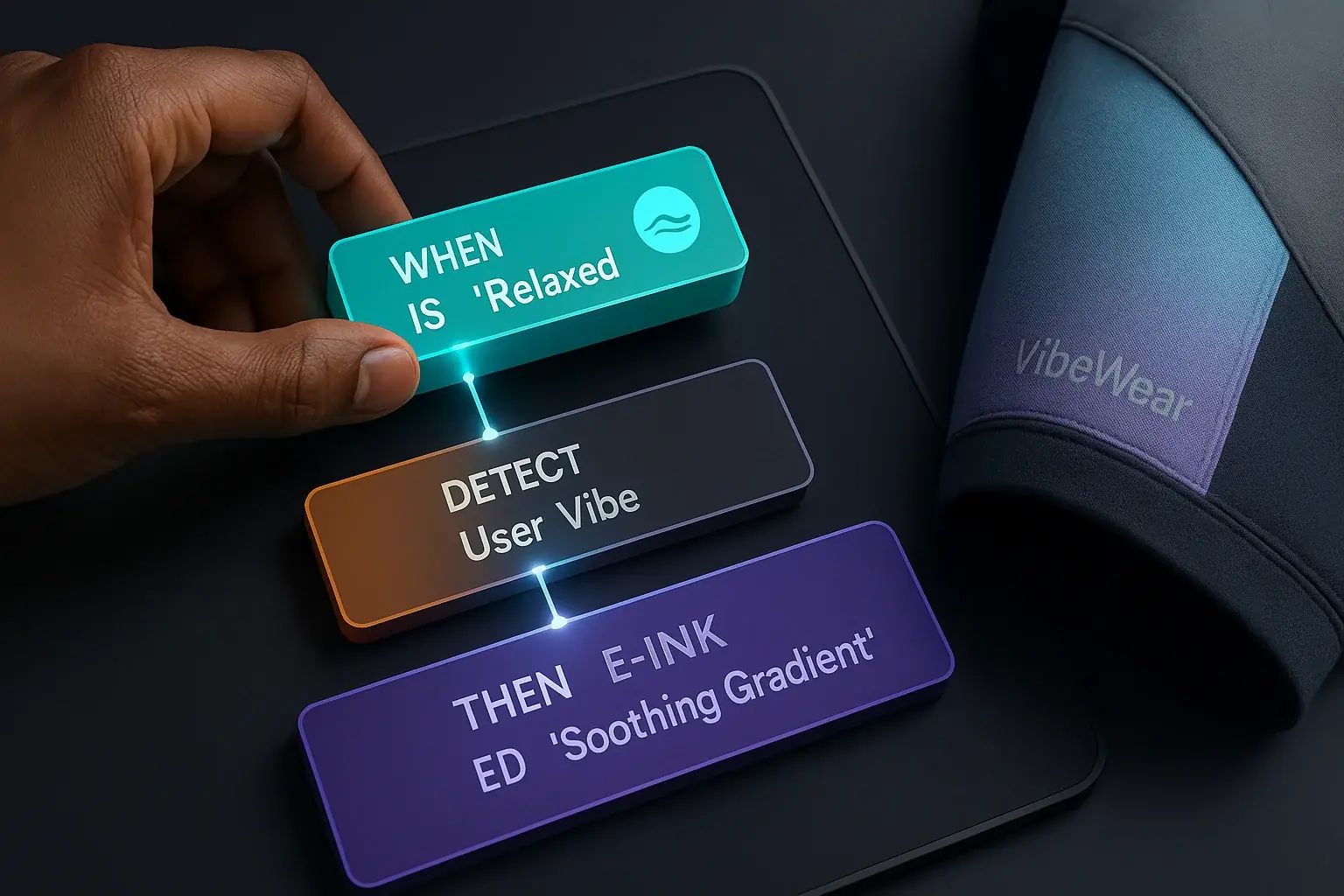
Traditional coding often feels like a wall. Visual programming tools tear it down. Imagine: you build complex VibeWear logic. How? By dragging colorful blocks. No typing lines of cryptic text. This method democratizes creation. Designers and artists can now craft E-Ink fashion. They do this without deep programming skills.
So, how does this magic happen? These tools abstract away coding syntax. You focus on your program's flow. The 'what' becomes central. Not the tricky 'how'. Many aspiring makers felt coding was a total barrier. Now, they rapidly prototype interactive E-Ink patterns. These intuitive interfaces are the key. Complex logic becomes simpler.
Is it perfect? Not always. Visual programming might limit highly advanced, low-level control. But it is an incredibly powerful entry point. This field evolves quickly for wearables. These tools are paving the way. What way? Toward even more accessible VibeWear development. A wider community of creators will flourish.
Building Smarter, Faster: The Future of DIY VibeWear
Toolkits and software frameworks are indispensable. They assist anyone diving into DIY E-Ink fashion. Complex challenges become manageable steps using these resources. You save much time. Frustration also diminishes. They are the scaffolding supporting your wildest creative visions.
The VibeWear niche evolves. These tools will become even more advanced. This change further democratizes access to advanced wearable tech. A new generation of creators emerges. Leverage these potent resources. Contribute to adaptive fashion's exciting future. Build it.
